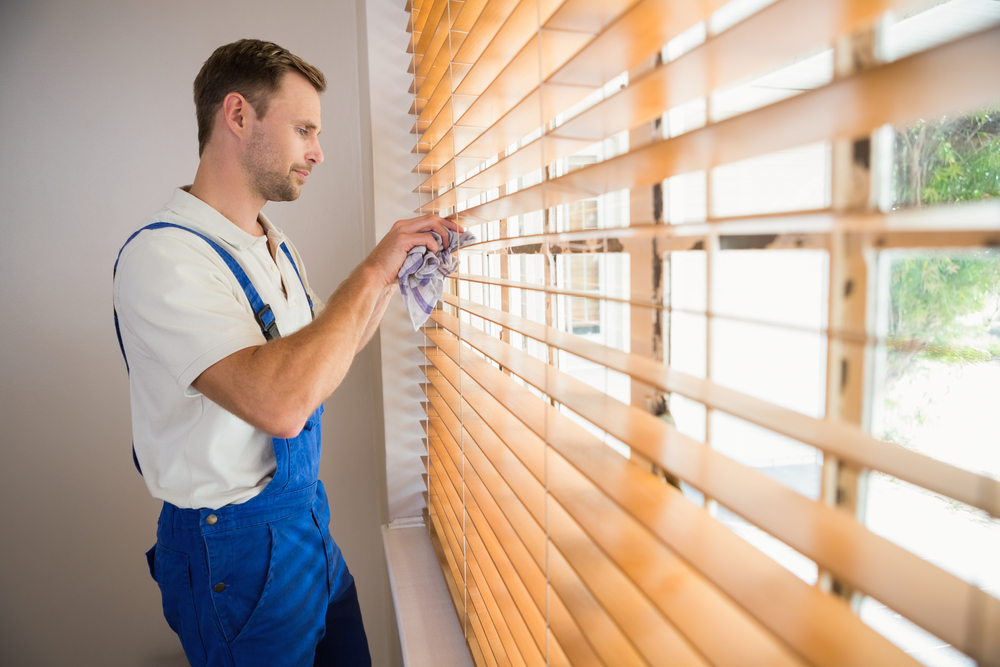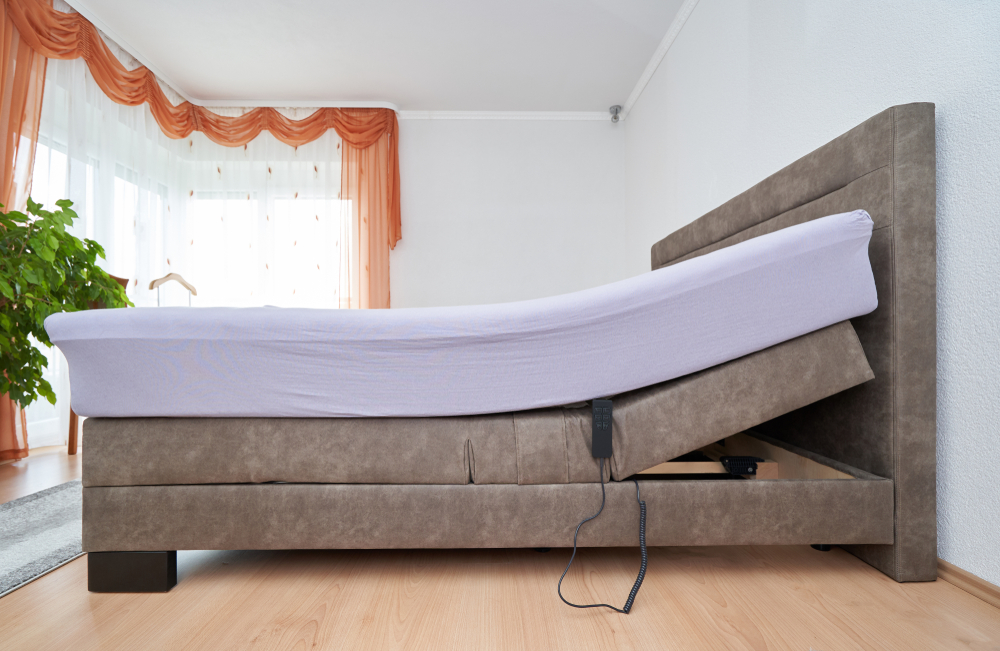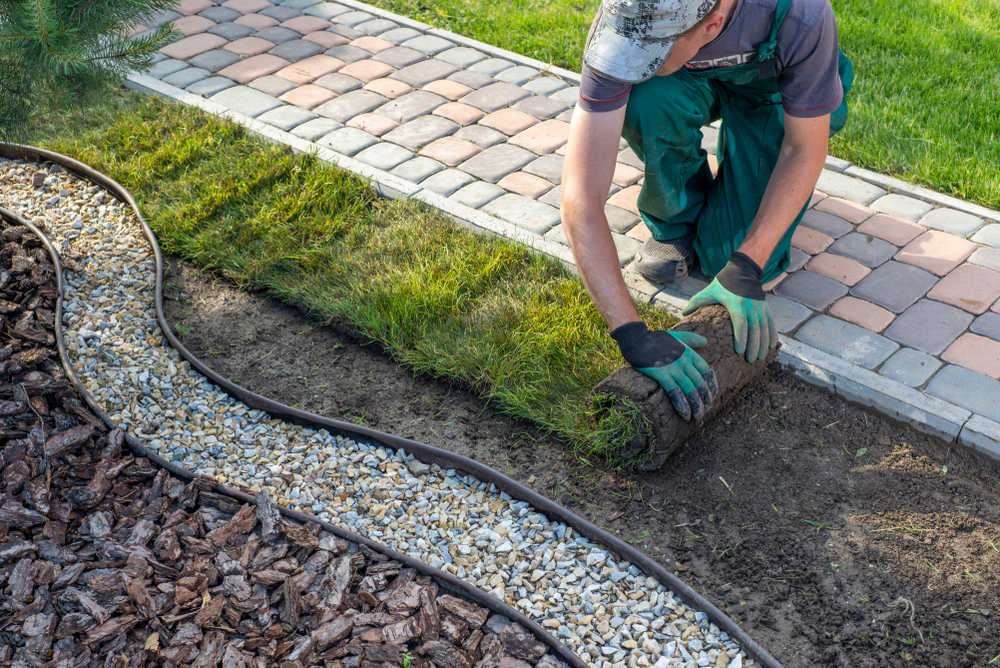Revitalize Your Bath Space on a Budget: Grants Offering Affordable or Nearly Free Bathroom Remodeling Solutions
Discover various grants offered by these organizations to support individuals in renovating and improving their homes. Explore these funding programs and resources to find financial assistance for repairing and remodeling projects.
Homeownership is a significant milestone in many people's lives, but it also comes with the responsibility of maintenance and upgrades. Over time, wear and tear, changing family needs, and the desire to improve energy efficiency can make home remodeling an attractive option. However, the cost of home renovations can be prohibitive for some homeowners. This is where home remodel grants and repair programs come into play. These grants and programs can alleviate the financial burden of home repairs and improvements, making essential updates more accessible to those who need them. This article will delve into how to get home remodel grants, what they're for, and specific examples of federal and state programs available to homeowners.

How to Get Home Remodel Grants and What They're Good For
Home remodel grants are funds provided by federal, state, or local government agencies or private organizations that do not need to be repaid. These grants are designed to help homeowners make necessary repairs or modifications to their homes. To obtain a home remodel grant, homeowners typically need to apply through the offering agency or organization, meet specific eligibility criteria, and provide documentation of their financial status, property ownership, and the nature of the renovations needed.
Grants are good for a variety of purposes, including making homes more energy-efficient, upgrading essential systems like plumbing and electrical, improving accessibility for the disabled, and enhancing the safety and structural integrity of homes. They are particularly beneficial for low-income households, seniors, and individuals with disabilities who otherwise might not afford necessary improvements.
Federal Repair Programs
One such program is the Very Low-Income Housing Repair Program, also known as the Section 504 Home Repair program, offered by the U.S. Department of Agriculture (USDA). This program is targeted at homeowners who are 62 years old or older and have very low household income. Eligible participants can receive grants of up to $7,500 to repair, improve, or modernize their homes or to remove health and safety hazards. Additionally, loans of up to $20,000 at a 1% interest rate are also available. The combined loan and grant amount cannot exceed $27,500.
State Repair Programs
Many states offer their own home repair and improvement grant programs, with eligibility requirements and grant amounts varying by state. For example, states may provide funds specifically for roof repairs, foundation work, or updates to outdated systems within the home. Homeowners are encouraged to check with their state's housing finance agency or department of community affairs for available programs and specific funding amounts.
State Weatherization Programs
For homeowners looking to improve the energy efficiency of their homes, state weatherization programs can be an invaluable resource. These programs often focus on low-income households and may include services such as insulation, weather stripping, and upgrading heating and cooling systems. While the exact dollar amounts can vary, the U.S. Department of Energy reports that the average expenditure per home is around $6,500 under the Weatherization Assistance Program (WAP).
Earthquake Brace and Bolt (EBB)
In areas prone to seismic activity, programs like Earthquake Brace and Bolt (EBB) provide financial assistance to homeowners to retrofit their homes and reduce the potential for damage during an earthquake. This program, specific to California, offers up to $3,000 in grants for eligible homeowners to retrofit their houses with seismic strengthening improvements, such as bolting the house to its foundation and bracing the walls of the crawl space.
Home Energy Update Assistance Programs
Home Energy Update Assistance Programs can help homeowners save on energy bills by financing the cost of energy-efficiency improvements. These programs, often offered by utility companies or state energy offices, may cover the cost of updating heating and cooling systems, installing solar panels, or replacing windows and doors with energy-efficient alternatives. The incentives can range from rebates and tax credits to direct grants, with amounts varying based on the project's scope and the program's funding.
Insurance
In some cases, homeowners' insurance policies may cover the cost of repairs or improvements, especially if they are due to damage from a covered event like a storm or fire. Homeowners should review their insurance policies and speak with their insurance agents to determine what coverage is available for home repairs and renovations.
Medicare and Medicaid
For individuals with disabilities or seniors requiring home modifications for accessibility and safety, Medicare and Medicaid may offer financial assistance. While Medicare's coverage for home modifications is limited, Medicaid's Home and Community-Based Services (HCBS) waivers can provide funding for modifications such as ramps, grab bars, and widened doorways. The exact amount available can vary by state and individual circumstances.
Bathroom Remodeling Jobs: Revitalizing Your Private Oasis
Transforming a bathroom can be an exciting venture, but it also requires meticulous planning and execution. Bathroom remodeling jobs encompass a range of tasks from simple cosmetic upgrades to extensive overhauls involving plumbing, electrical work, and structural changes. The scope of the project will depend largely on the desired outcome and the budget constraints. Professional contractors who specialize in bathroom renovations can offer invaluable insights and craftsmanship to ensure that the finished product is both aesthetically pleasing and functional. They are equipped to handle everything from tile installation to fixture replacement, and even the more complex aspects of spatial reconfiguration.
How to Get Bathroom Remodel Done Cheap
Achieving a cost-effective bathroom remodel without compromising on quality is a common goal for homeowners. To this end, it's essential to prioritize and determine which aspects of the remodel are non-negotiable and where there might be room for cost-saving compromises. One strategy is to retain the existing layout, which avoids the expense of moving plumbing and electrical points. Opting for mid-range rather than high-end fixtures, seeking out sales and discounts, and considering alternative materials that mimic the look of more expensive options can also help to keep costs down. DIY projects, such as painting or simple hardware updates, can be undertaken by homeowners to further reduce expenses, but it's crucial to recognize the limits of one's expertise to avoid costly mistakes. It is often more economical in the long run to hire professionals for the more complex aspects of a remodel. Lastly, obtaining multiple quotes and negotiating with contractors can result in a more budget-friendly service without sacrificing professionalism or quality.
Home remodel grants and repair programs offer a lifeline to those needing assistance with home improvements. Whether it's through federal programs like the Very Low-Income Housing Repair Program, state-specific repair and weatherization assistance, or regional initiatives such as Earthquake Brace and Bolt, there is a range of options available to help homeowners undertake necessary renovations. Additionally, utility-sponsored Home Energy Update Assistance Programs, coverage through homeowners insurance, and aid via Medicare and Medicaid can also contribute to making home modifications more affordable. Homeowners should research these programs, understand the eligibility requirements, and apply for the grants they qualify for to ensure that their homes remain safe, comfortable, and efficient for years to come.











